- Have any questions?
- +380 (50) 50 73 903
- uapothecary.pharmacy@gmail.com
Mefenamynka coated tablets of 500 mg blister pack of 10 pcs
$16.29
ARVI and influenza. pain of low and medium intensity: muscular, articular, traumatic, dental, headache of various etiologies, postoperative and postpartum pain. primary dysmenorrhea. dysfunctional menorrhagia, including those caused by the presence of intrauterine contraceptives, in the absence of pathology of the pelvic organs. inflammatory diseases of the musculoskeletal system: rheumatoid arthritis, rheumatism, Bekhterev’s disease.
Pharmacological properties
Pharmacodynamics. Mefenamic acid is an NSAID. the mechanism of anti-inflammatory action is due to the ability to inhibit the synthesis of inflammatory mediators (prostaglandins, serotonin, kinins, etc.), to reduce the activity of lysosomal enzymes involved in the inflammatory reaction. mefenamic acid stabilizes protein ultrastructures and cell membranes, reduces vascular permeability, disrupts oxidative phosphorylation processes, inhibits the synthesis of mucopolysaccharides, inhibits cell proliferation in the focus of inflammation, increases cell resistance, and stimulates wound healing. antipyretic properties are associated with the ability to inhibit the synthesis of prostaglandins and affect the center of thermoregulation.
Mefenamic acid stimulates the formation of interferon.
In the mechanism of analgesic action, along with the effect on the central mechanisms of pain sensitivity, a significant role is played by the local effect on the focus of inflammation and the ability to inhibit the formation of algogens (kinins, histamine, serotonin).
Pharmacokinetics. After ingestion, mefenamic acid is quickly and fairly completely absorbed in the digestive tract. C max in the blood is reached 2-4 hours after intake. The level in the blood is proportional to the dose. The equilibrium concentration (20 μg/ml) is determined on the 2nd day of use (1 g 4 times a day). 90% binds to blood albumins. In the liver, it forms metabolites by oxidation, hydrolysis, glucuronidation. T ½ is 2-4 h. It is excreted from the body in unchanged form and in the form of metabolites mainly by the kidneys (67% of the dose) and with feces (20-25%).
Indication
ARVI and influenza. pain of low and medium intensity: muscular, articular, traumatic, dental, headache of various etiologies, postoperative and postpartum pain. primary dysmenorrhea. dysfunctional menorrhagia, including those caused by the presence of intrauterine contraceptives, in the absence of pathology of the pelvic organs. inflammatory diseases of the musculoskeletal system: rheumatoid arthritis, rheumatism, Bekhterev’s disease.
Application
The drug should be used under the supervision of a doctor who determines the dose and duration of treatment. used internally. the drug should be taken after a meal with milk.
Adults and children over 12 years of age are prescribed 250-500 mg 3-4 times a day. According to evidence and with good tolerability, the daily dose is increased to the maximum – 3000 mg, after achieving a therapeutic effect, the dose is reduced to 1000 mg/day. Children aged 5 to 12 years – 250 mg 3-4 times a day.
The course of treatment for joint diseases can last from 20 days to 2 months or more. When treating patients with pain syndrome, the course of therapy lasts up to 7 days.
Contraindication
Increased sensitivity to the components of the drug. bronchospasm, Quincke’s edema, rhinitis, urticaria, or urticaria in history, which occurred after the use of acetylsalicylic acid or other nonsteroidal anti-inflammatory drugs. simultaneous use of specific COX-2 inhibitors. peptic ulcer disease of the stomach and duodenum, including in the anamnesis, inflammatory bowel diseases, diseases of hematopoietic organs, severe heart failure, severe liver or kidney dysfunction, gastrointestinal bleeding or perforation caused by taking nonsteroidal anti-inflammatory drugs.
Side effects
From the digestive system: pain in the epigastric region, anorexia, heartburn, nausea, flatulence, vomiting, enterocolitis, colitis, steatorrhea, cholestatic jaundice, hepatitis, pancreatitis, hepatorenal syndrome, hemorrhagic gastritis, peptic ulcer with or without bleeding. gastrointestinal bleeding, dyspepsia, constipation, diarrhea. increase in the level of liver enzymes in blood plasma.
From the cardiovascular system: arterial hypertension, arrhythmia, rarely – congestive heart failure, peripheral edema, syncope, arterial hypotension, palpitations, shortness of breath.
From the respiratory system: dyspnea, bronchospasm.
From the eye system: dysuria, cystitis. Renal dysfunction, albuminuria, hematuria, oliguria or polyuria, renal failure, including papillary necrosis, acute interstitial nephritis, nephrotic syndrome, allergic glomerulonephritis, hyponatremia, hyperkalemia.
From the blood system: aplastic anemia, autoimmune hemolytic anemia, prolongation of bleeding time, eosinophilia, leukopenia, thrombocytopenia, decrease in hematocrit, thrombocytopenic purpura, agranulocytosis, neutropenia, pancytopenia, bone marrow hypoplasia.
From the side of the nervous system: drowsiness or insomnia, weakness, irritability, excitement, headache, blurred vision, convulsions.
On the part of the senses: ringing in the ears, otalgia, visual disturbances, reversible loss of the ability to distinguish colors, eye irritation.
Allergic reactions: skin rashes, skin itching, facial swelling, allergic rhinitis, angioneurotic edema, laryngeal edema, Stevens-Johnson syndrome, toxic epidermal necrolysis, erythema multiforme, urticaria, bullous pemphigus, photosensitivity, BA, anaphylaxis.
Others: impaired glucose tolerance in patients with diabetes, aseptic meningitis.
Special instructions
The drug is prescribed with caution to patients with acute cardiovascular insufficiency, angina pectoris, coronary artery disease. the drug is prescribed with caution to patients with epilepsy.
There are no special recommendations for the use of the drug in moderate liver or kidney dysfunction.
NSAIDs should be taken with caution in patients with a history of gastrointestinal disease (ulcerative colitis, Crohn’s disease), as exacerbation of the disease is possible.
Elderly patients usually have an increased risk of side effects from the gastrointestinal tract, so it is necessary to start treatment with the lowest dose.
Patients with systemic lupus erythematosus and mixed connective tissue diseases have an increased risk of developing aseptic meningitis. Taking mefenamic acid should be stopped at the first appearance of a skin rash, mucosal damage or any other manifestation of hypersensitivity.
Taking mefenamic acid may impair female fertility and is not recommended for women planning pregnancy.
Use during pregnancy and breastfeeding. Do not apply.
Children. The drug is contraindicated for children under 5 years of age.
The ability to influence the speed of reaction when driving a motor vehicle or working with other mechanisms. Care should be taken when driving vehicles or working with mechanisms that require increased attention, as sometimes the use of the drug can cause drowsiness, blurred vision, convulsions.
Interactions
Thiamine, pyridoxine hydrochloride, barbiturates, phenothiazine derivatives, narcotic analgesics, caffeine, diphenhydramine increase the analgesic effect of the drug.
With the simultaneous use of mefenamic acid and methotrexate, the toxic effects of methotrexate are enhanced.
Antihypertensive agents (ACE inhibitors and angiotensin II receptor antagonists): reduction of antihypertensive effect.
Diuretics: reduction of diuretic effect. Diuretics can increase the nephrotoxicity of NSAIDs.
Cardiac glycosides: NSAIDs can aggravate heart failure, reduce the glomerular filtration rate, and increase the level of cardiac glycosides in blood plasma.
Cyclosporine: increased risk of developing nephrotoxicity.
Mifepristone: NSAIDs should not be used for 8-12 days after taking mifepristone, nonsteroidal anti-inflammatory drugs may reduce the effect of mifepristone.
Corticosteroids: increased risk of gastrointestinal ulcers and bleeding.
Antiplatelet agents and selective serotonin reuptake inhibitors: increased risk of gastrointestinal bleeding.
Fluoroquinolones: NSAIDs increase the risk of seizures.
Aminoglycosides: NSAIDs increase the risk of nephrotoxicity.
Tacrolimus: the risk of developing a nephrotoxic effect increases.
Zidovudine: NSAIDs increase the risk of hematological toxicity. The risk of joint hemorrhage and hematoma increases in HIV-positive hemophiliacs who receive zidovudine treatment at the same time.
Lithium drugs: reduction of lithium excretion and increased risk of lithium toxicity.
Mefenamic acid increases the activity of oral anticoagulants, therefore, with their simultaneous use, the risk of bleeding increases. Simultaneous use with other nonsteroidal anti-inflammatory drugs increases the anti-inflammatory effect and the likelihood of side effects from the gastrointestinal tract.
Overdose
Symptoms: pain in the epigastric area, nausea, vomiting, drowsiness. in severe cases – gastrointestinal bleeding, respiratory depression, pain, twitching of certain muscle groups, coma.
Treatment. There is no specific antidote. Washing the stomach with a suspension of activated charcoal. Urine alkalinization, forced diuresis. Symptomatic therapy. Hemosorption and hemodialysis are ineffective due to strong binding of mefenamic acid to blood proteins.
Storage conditions
In the original packaging at a temperature not higher than 25 °C.

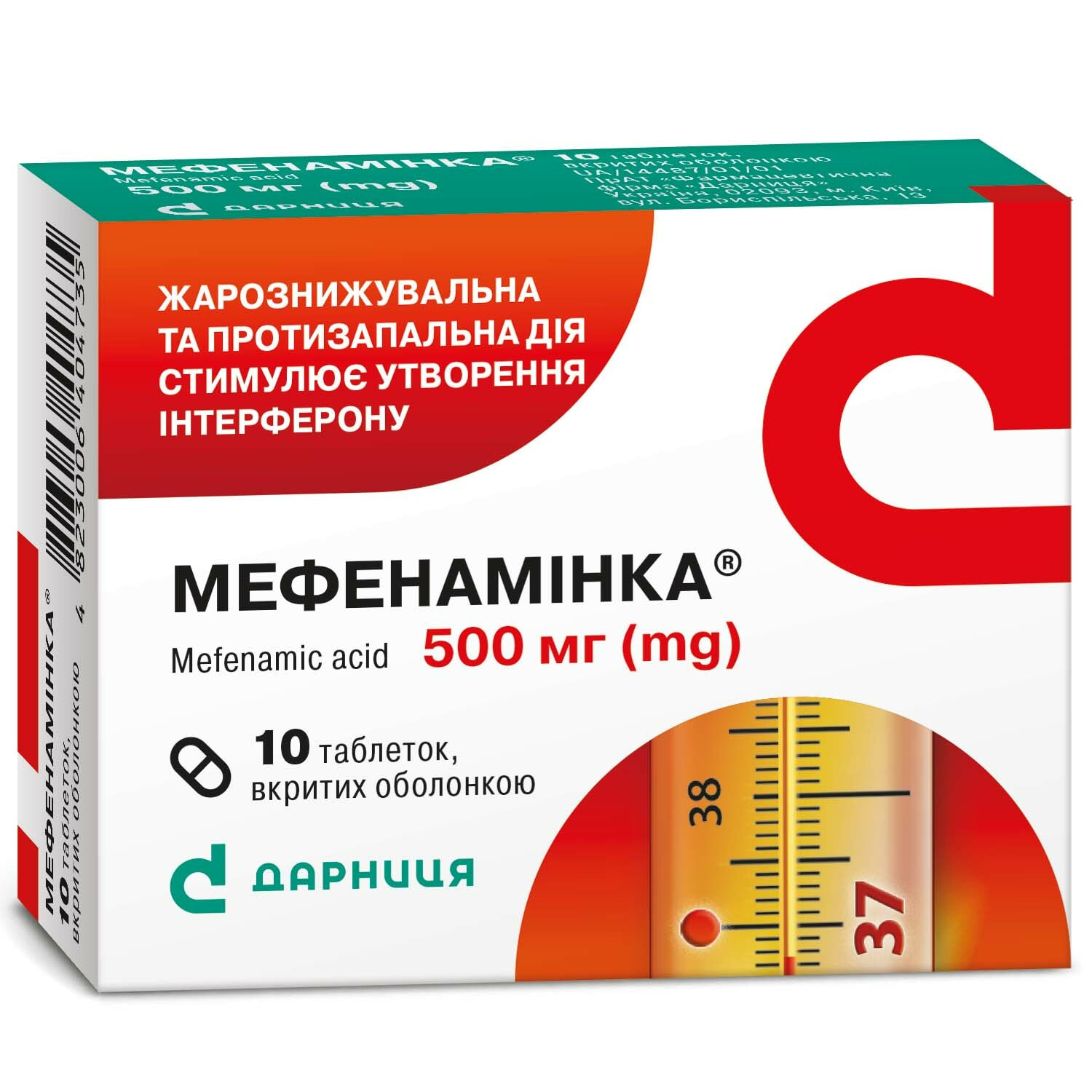
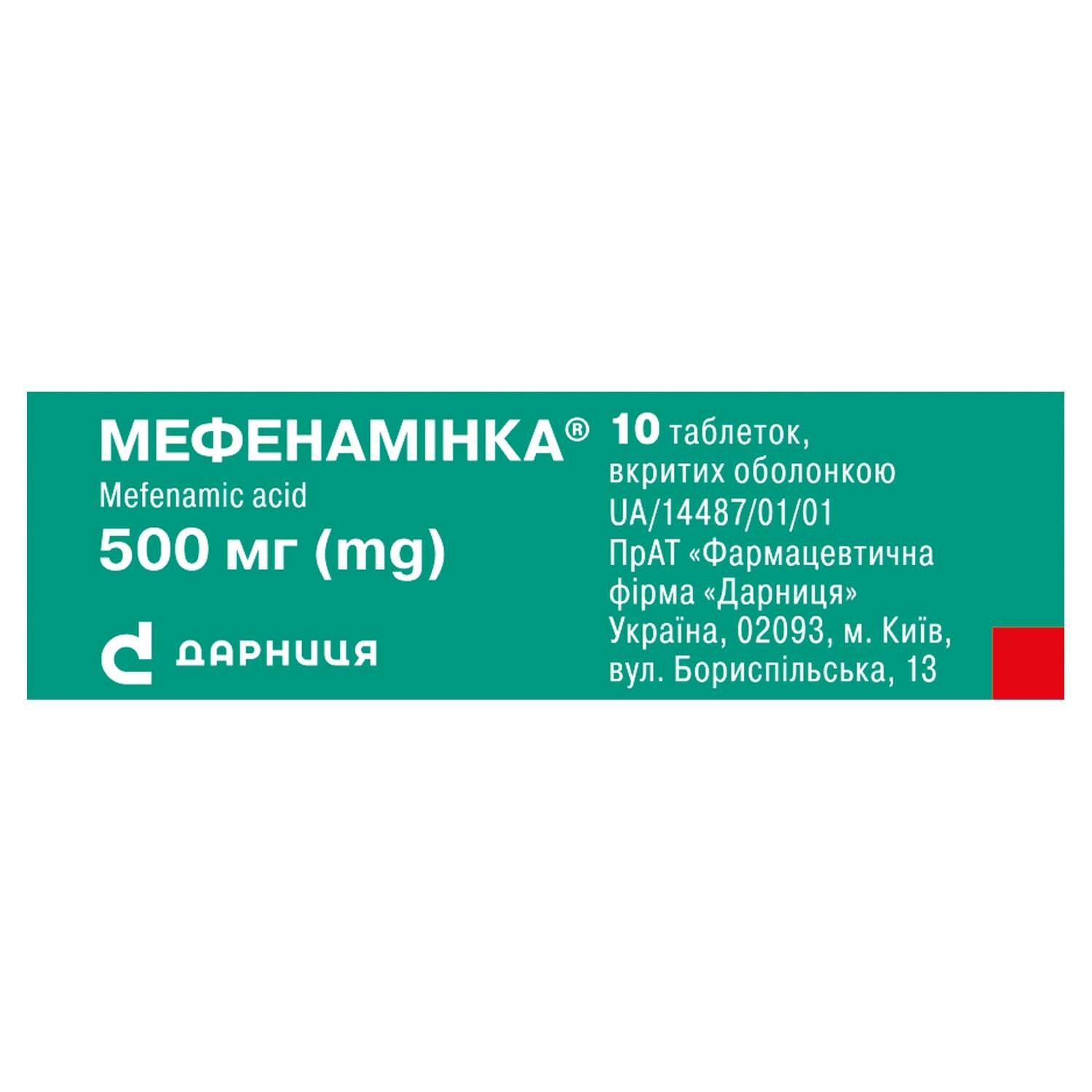
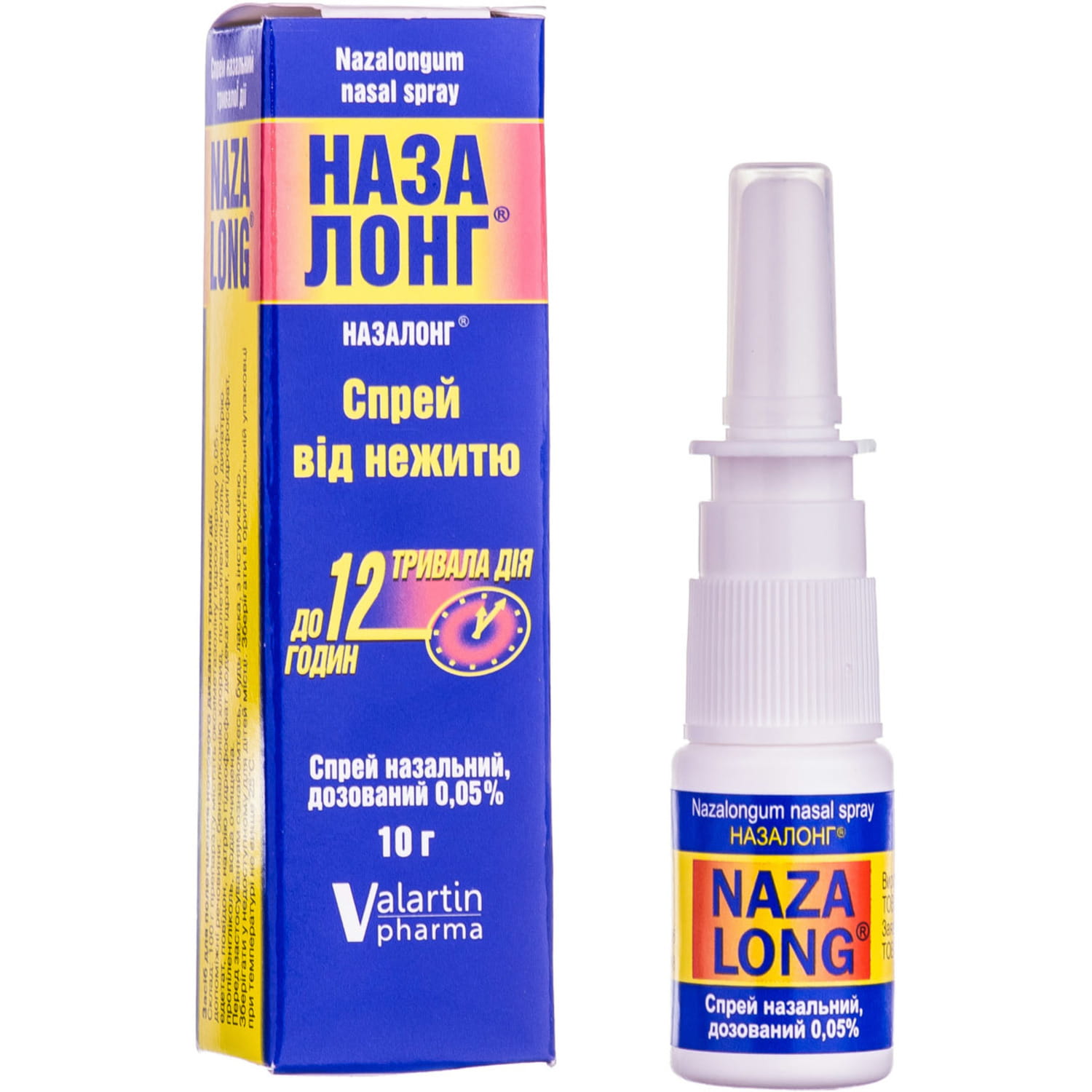

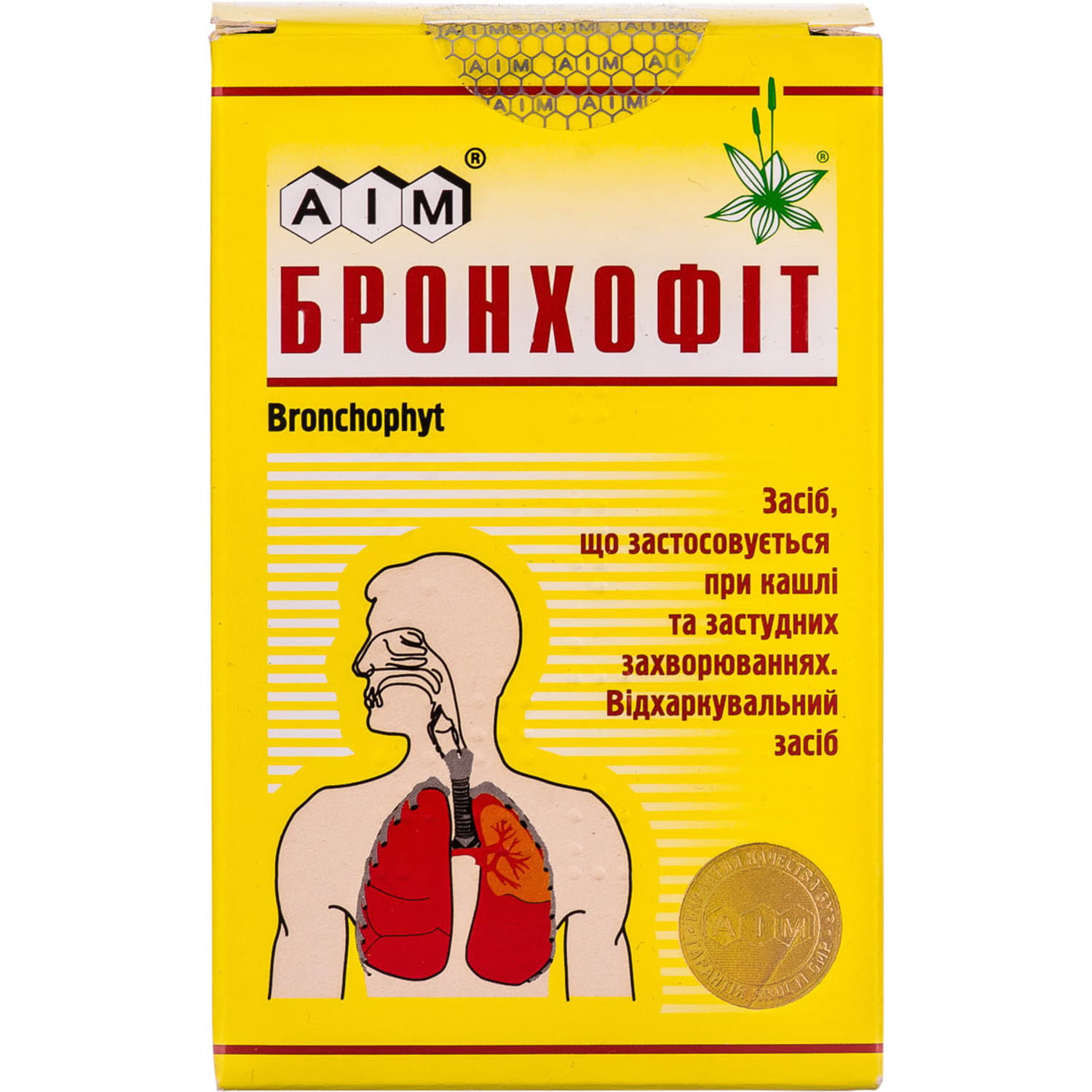
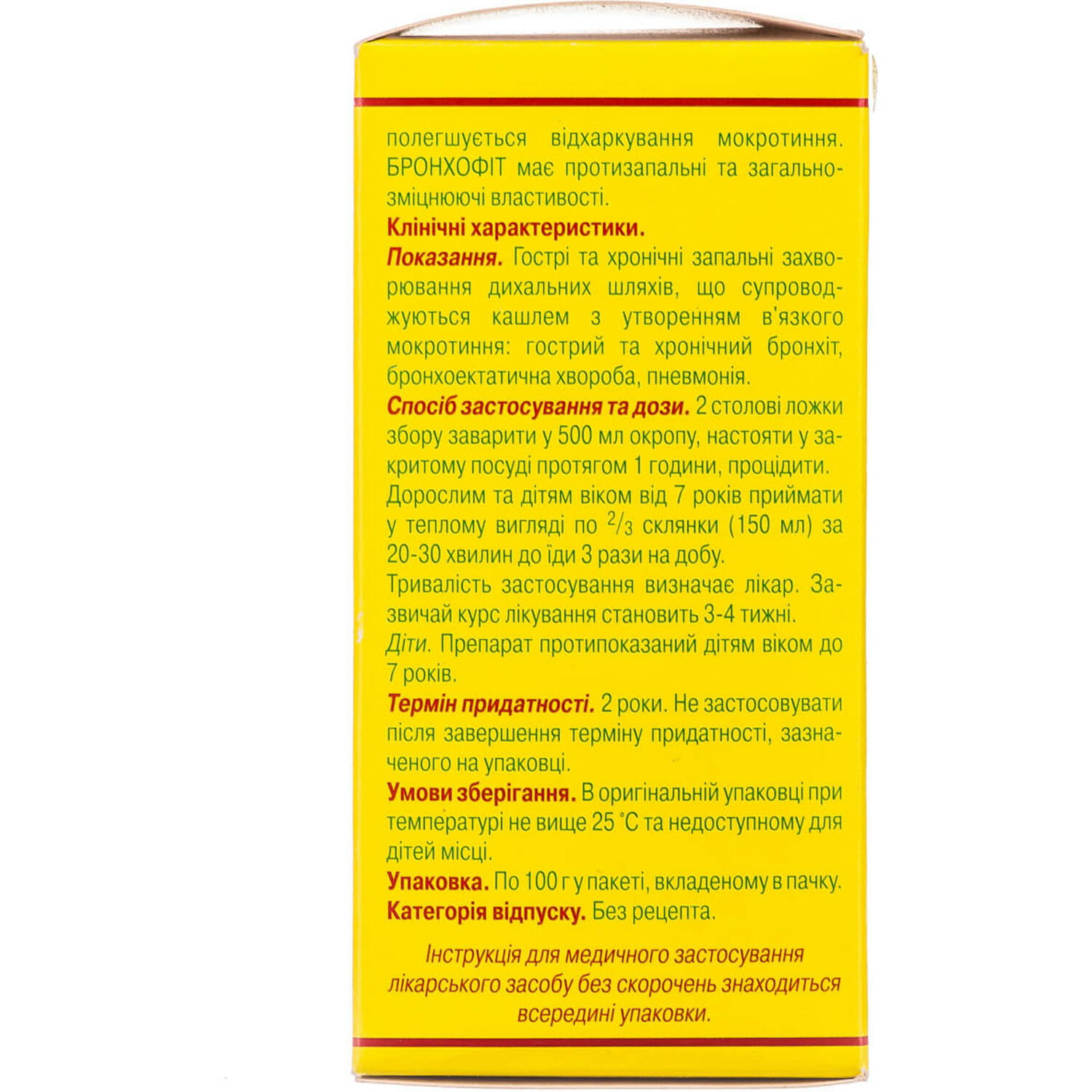
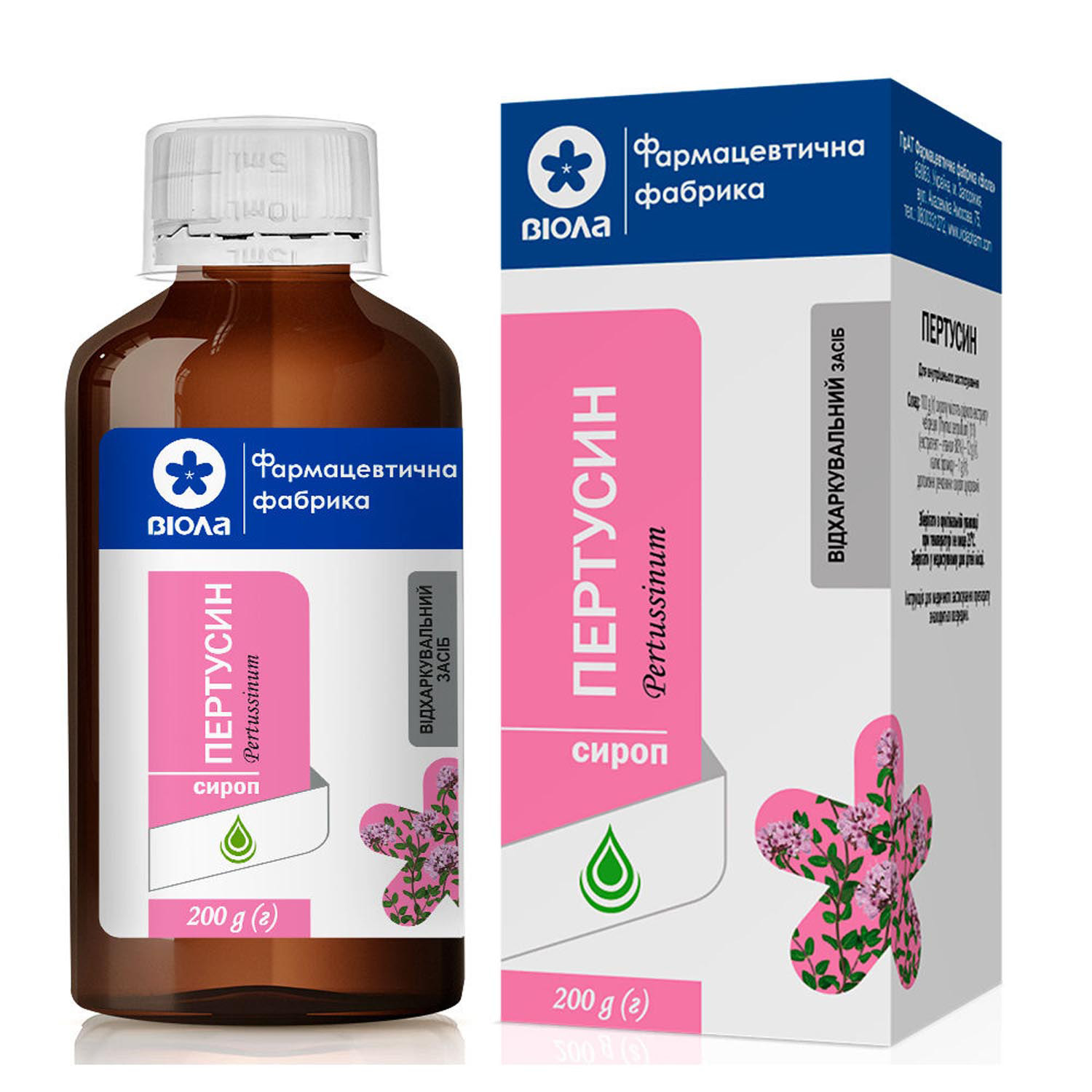
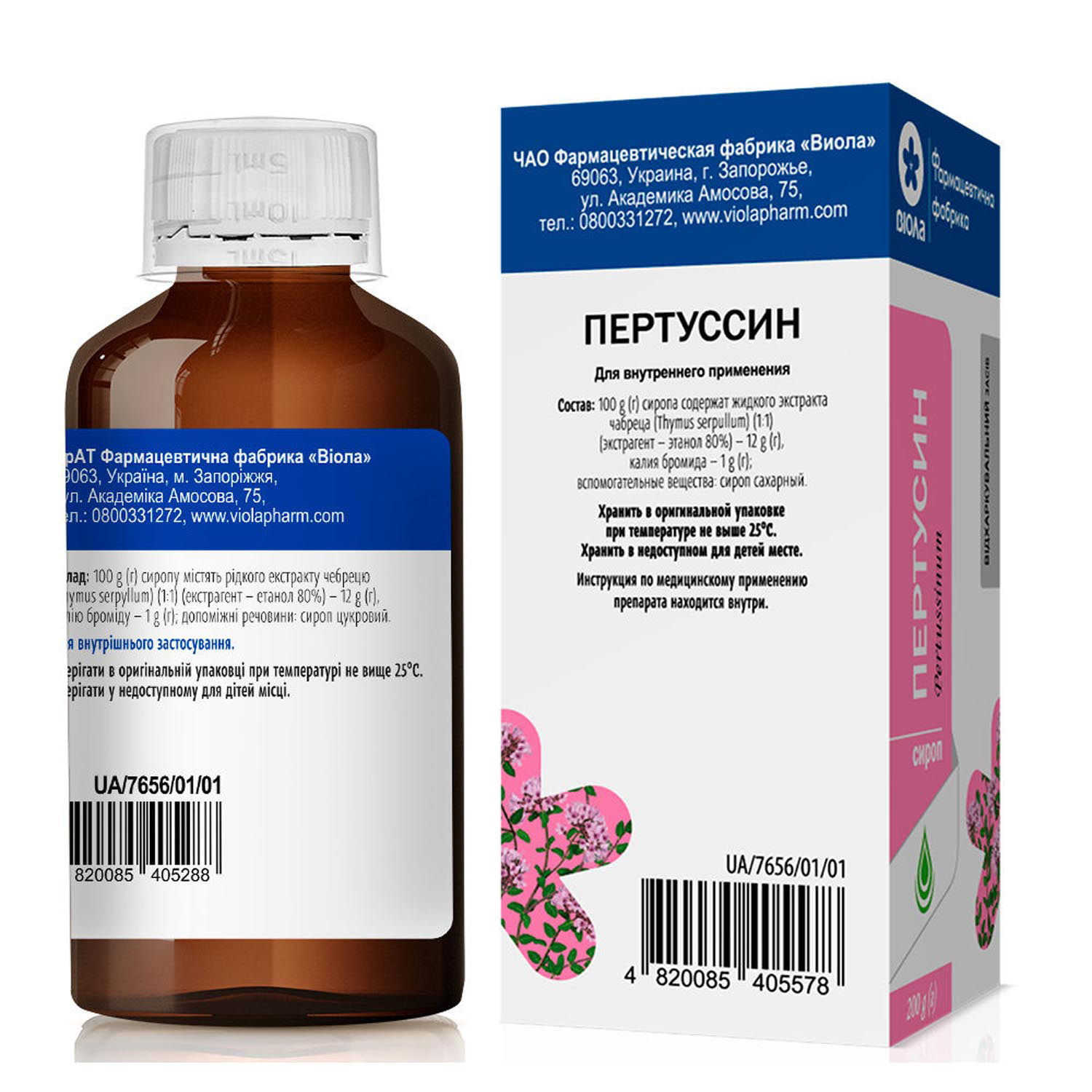
Відгуки
Відгуків немає, поки що.